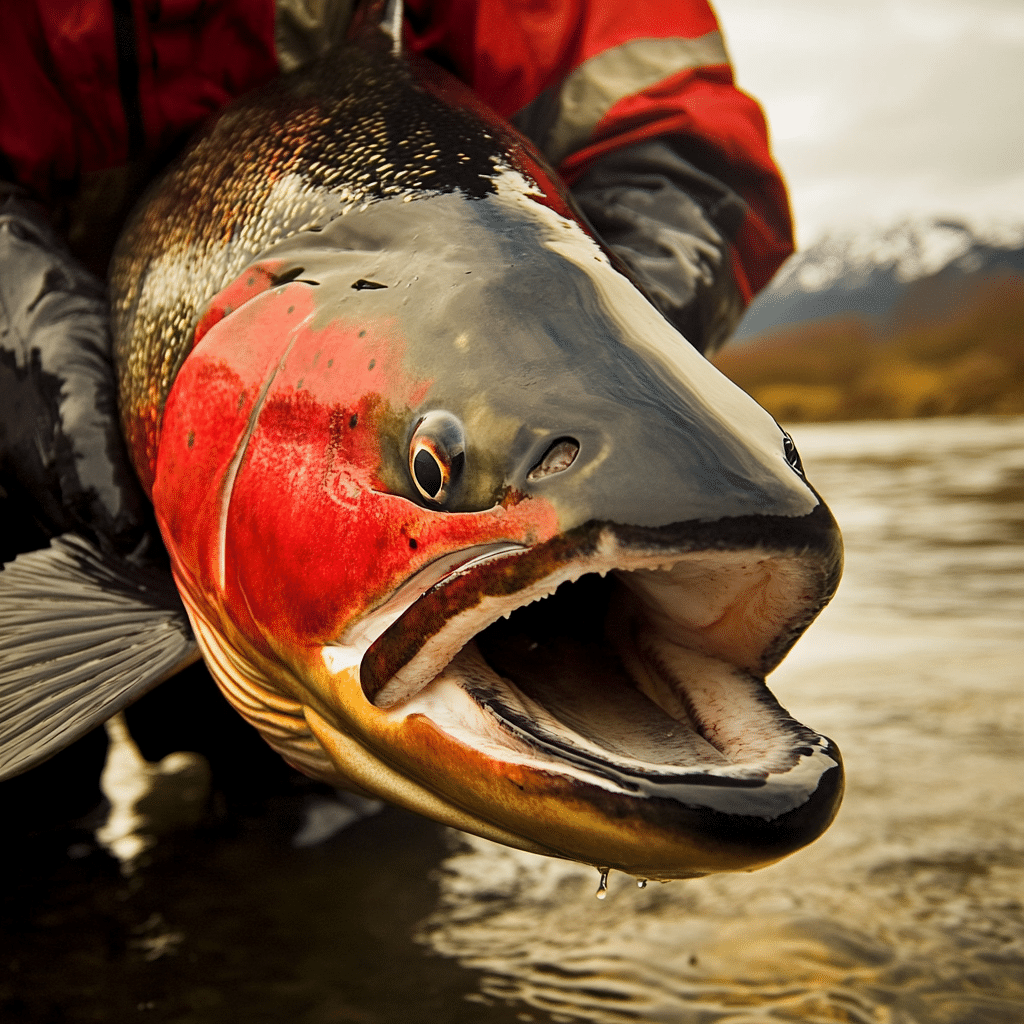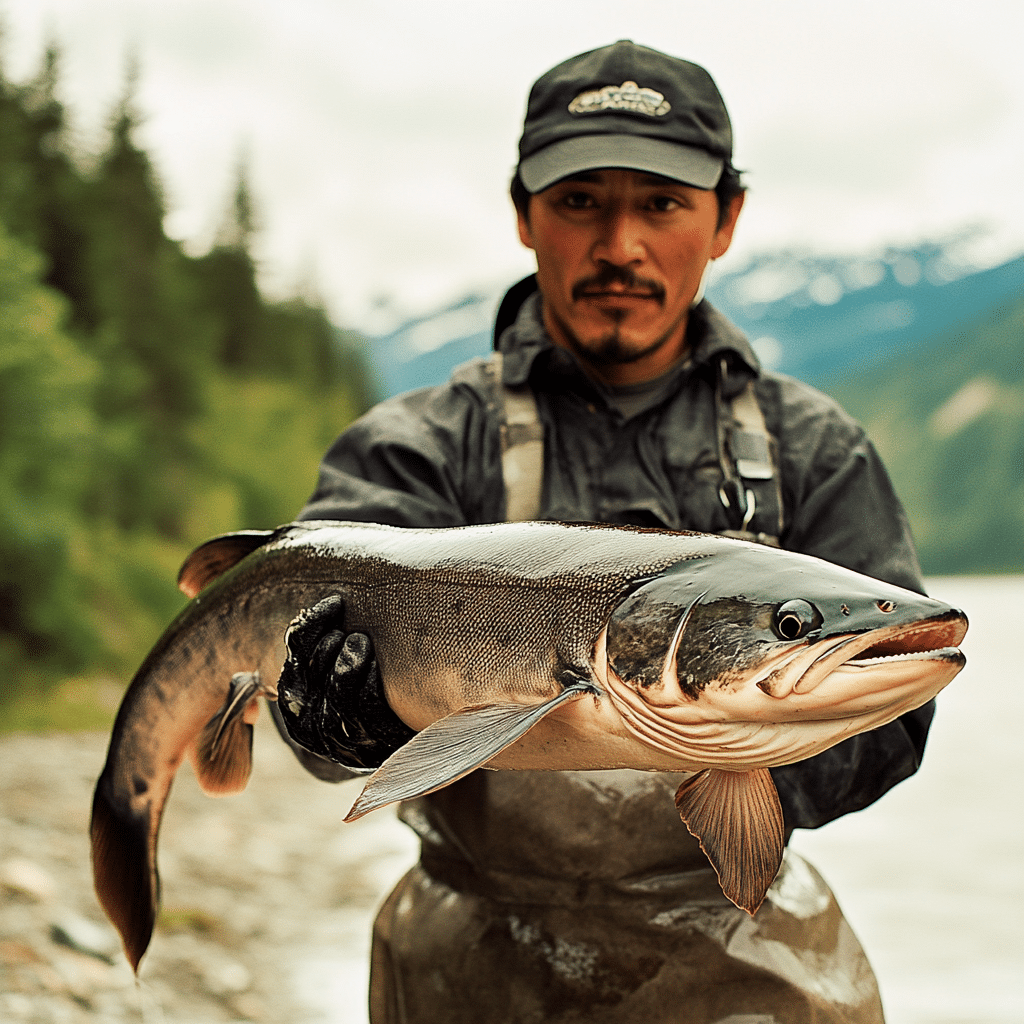Wildlife management in Alaska is a crucial aspect of preserving diverse species and maintaining the delicate ecosystems they inhabit. The Alaska Department of Fish and Game (ADFG) employs various strategies to ensure both the health of wildlife populations and their habitats. This piece explores the multifaceted approaches utilized by ADFG to effectively manage the state’s abundant wildlife resources, showcasing the importance of both community involvement and innovative techniques.
Top 7 Vital Strategies from Alaska Fish and Game
1. Habitat Conservation Efforts
Alaska’s rich landscapes harbor essential habitats for numerous species. ADFG collaborates with organizations like The Nature Conservancy to protect critical ecosystems. These initiatives focus on areas such as wetlands and forests, which are vital for species like the North American moose and caribou.
Habitat conservation isn’t just about protecting land; it’s about creating a sustainable environment where wildlife can thrive. For instance, collaboration with local communities has led to reforestation projects that boost timber resources while enhancing wildlife habitats.
2. Monitoring Wildlife Populations
Keeping an eye on wildlife populations is critical for informed decision-making. ADFG conducts regular surveys, especially for endangered species like the Steller’s eider. Employing tech advancements such as aerial surveys, they gather precise data to track population changes.
Through these efforts, ADFG can discover trends that inform conservation measures. Entities like the U.S. Geological Survey News play a vital role by publishing ongoing research, allowing for data-sharing and collaborative conservation efforts.
3. Sustainable Hunting Practices
Hunting remains an integral part of Alaskan culture. Recognizing this, ADFG promotes sustainable hunting practices through educational programs. They teach hunters about the state’s regulations and foster ethical practices that respect wildlife populations.
Events and workshops help create a bond between hunters and the land, ensuring that traditions are preserved without jeopardizing the environment. This education helps maintain a balance, guaranteeing populations are viable for future generations.
4. Community Engagement and Education
Engaging the local community proves essential for effective wildlife management. ADFG provides outreach programs to educate Alaskans about conservation. Their partnership with tribal organizations promotes the integration of indigenous knowledge into contemporary practices.
This blend of old and new has fostered a deeper connection between people and the land. Community members become advocates for wildlife management, and educational initiatives engage youth, ensuring future generations remain dedicated to preservation efforts.
5. Habitat Restoration Projects
Restoration projects are increasingly necessary to rehabilitate damaged ecosystems. ADFG often collaborates with local entities to address issues like compromised salmon spawning grounds. By restoring these critical habitats, they significantly benefit not just fish populations but overall biodiversity.
This collaborative approach encourages innovation as communities come together to find unique solutions. For instance, students and artists from Michaels Arts and Crafts have recently contributed art installations highlighting local restoration activities, dramatizing the urgency of conservation.
6. Adaptive Management Framework
As environmental conditions fluctuate, management strategies must adapt. ADFG employs an adaptive management framework, allowing them to respond effectively to changes in climate and species interactions.
This proactive method ensures that wildlife management remains relevant and efficient. Their nimble approach includes regularly updating practices based on new scientific findings or observational data, giving them the flexibility needed for sustainability.
7. Research and Collaboration with Other States
Collaboration extends beyond Alaska. Partnerships with agencies like Montana Fish, Wildlife and Parks enhance understanding of migratory species. Joint research efforts allow both states to share invaluable data and strategies, leading to more comprehensive management approaches.
This interstate cooperation is particularly vital for migratory fish populations, as many species traverse state lines. By maintaining large-scale collaboration, Alaska Fish and Game can bolster conservation efforts across borders.

The Importance of National Forests in Alaska’s Wildlife Strategy
Alaska’s national forests are crucial for effective wildlife management. The Tongass National Forest, for example, is home to critical habitats for salmon, bears, and deer, making its maintenance essential.
Effective management balances recreation, conservation, and timber production, ensuring all stakeholders are considered. By doing this, ADFG helps maintain biodiversity within these forests while allowing the public to access their beauty.
Through strategic planning and habitat monitoring, these areas remain vibrant for both wildlife and visitors. Promoting sustainable tourism ensures that everyone can appreciate these natural wonders without degrading their ecological health.
Innovative Partnerships: Learning From Louisiana Wildlife and Fisheries
Alaska Fish and Game keeps an eye on successful programs from other states, such as those led by Louisiana Wildlife and Fisheries. They focus on innovative practices that manage wetlands and fisheries.
By closely observing these successful programs, ADFG can adapt some of their strategies to meet Alaska’s unique challenges. Engagement with local stakeholders has proven effective in Louisiana, showing that Alaskan strategies can be enhanced by incorporating community input.
This cooperative spirit underscores how vital inter-state partnerships can be, galvanizing wildlife management for all regions.

Collaborative Efforts with Arts and Crafts Communities
As unique as it seems, collaborations between wildlife management and arts organizations like Michaels Arts and Crafts are helping shape a culture of conservation. These partnerships creatively spread conservation messages, engaging younger generations through artistic initiatives.
When art intersects with education, it captures attention and inspires new advocates for wildlife preservation. These collaborations often culminate in engaging workshops and community events that bring people together to appreciate and learn about their environment.
This innovative approach helps cultivate an enduring commitment to conservation among youth, ensuring Alaska’s wildlife remains a priority.
The Future of Wildlife Management in Alaska
The Alaska Fish and Game’s dedication to innovative wildlife management remains pivotal as environmental challenges mount. By leveraging technology, community insights, and interstate collaboration, they’re evolving their approaches.
This foresight not only safeguards Alaska’s stunning wildlife but also preserves the natural landscapes that have so deeply influenced Alaskan culture. As ADFG continues adapting both strategies and practices, they set exemplary standards for effective wildlife management amid changing circumstances.
It’s evident Alaska’s commitment to balance, adaptability, and community engagement will keep the state’s wildlife thriving well into the future. Exciting times await, as we work collectively to embrace innovative practices hand in hand with our natural heritage.
Alaska Fish and Game’s ongoing efforts symbolize how we can protect our environment while enjoying all its wonders and resources. Through dedication, collaboration, and education, Alaska stands as a beacon for wildlife management excellence, inspiring others far and wide.
Alaska Fish and Game: Fun Facts and Trivia
Alaska’s Wildlife Wonders
Alaska Fish and Game isn’t just about regulations; it’s also a treasure trove of fascinating facts! Did you know that Alaska is home to the largest population of brown bears in North America? These majestic creatures can weigh over 1,500 pounds, almost as much as a small car—sounds impressive, right? Speaking of weight, did you know the largest pumpkin ever recorded weighed over 2,600 pounds? Much like the enthusiasm some fans have for their “A&M football schedule,” such natural wonders always grab the public’s attention.
Unique Species and Management Strategies
Speaking of attention, let’s talk about the Pacific salmon. These fish are not only vital to Alaska’s ecosystem but have also been known to travel over 2,000 miles to return to their spawning grounds. That’s some serious dedication! Curious about how fish migrations are monitored? The Us Geological Survey News often shares updates involving tracking technologies and their impacts on species management. In an area as vast as Alaska, understanding seasonal patterns can be key to sustainable wildlife practices.
Conservation and Community Engagement
Community involvement is another pillar of Alaska Fish and Game efforts. Local residents, often deeply connected to their environment, play a significant role in data collection and wildlife management. For example, hunting traditions help gather important data while offering a way for families to bond. Kind of like the camaraderie found in sports teams like the Toronto Argonauts or the passion behind initiatives like the Homeless World Cup. Community buy-in not only aids conservation but also enriches local culture.
In conclusion, understanding the strategies behind Alaska Fish and Game isn’t just about the animals; it’s about communities coming together to value and protect their natural heritage. So, the next time you think about wildlife management, remember the dedication of the people and stories that shape Alaska’s rich biodiversity—it’s a bit more connected than you might have imagined!




